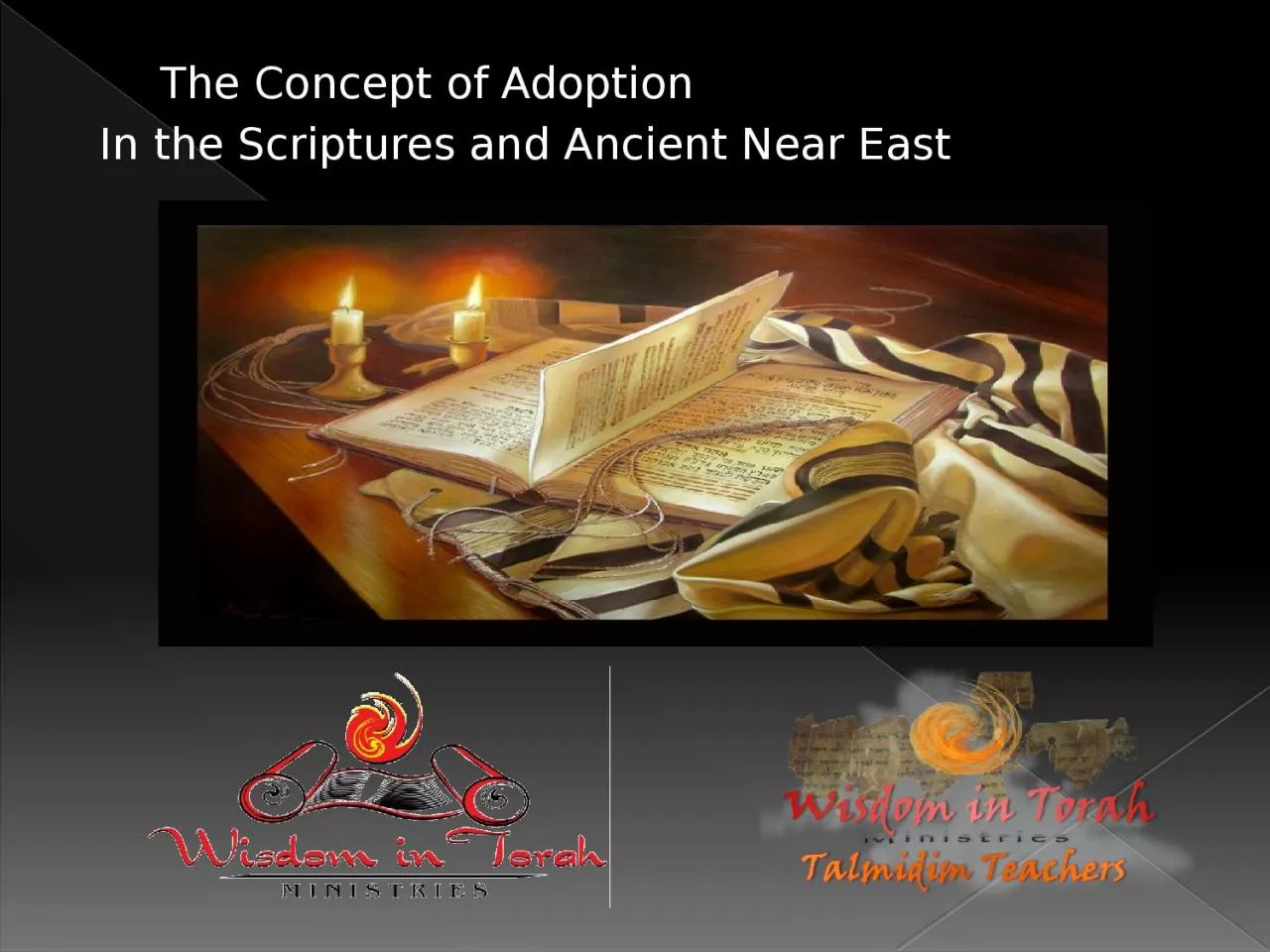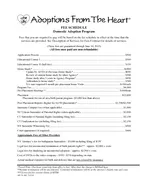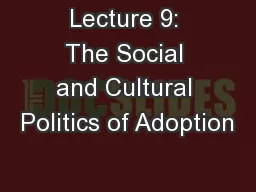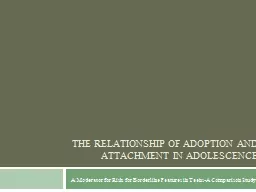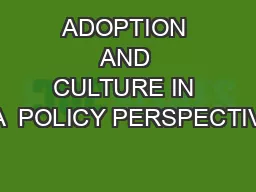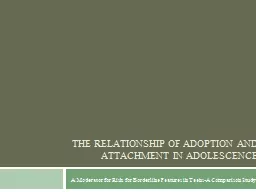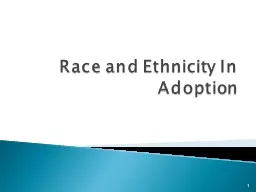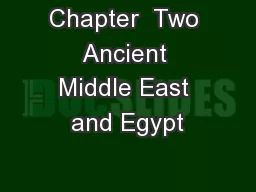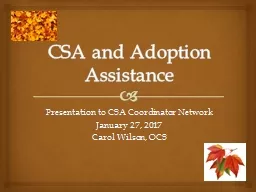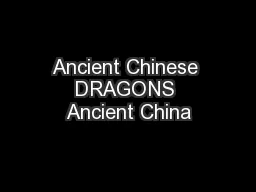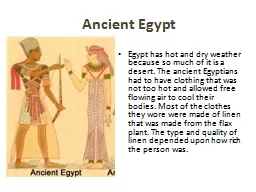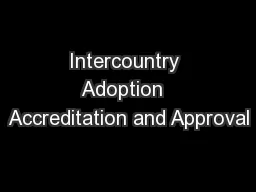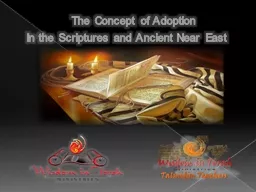PPT-The Concept of Adoption In the Scriptures and Ancient Near East
Author : relievinglexus | Published Date : 2020-08-29
In the Scriptures and Ancient Near East Nuzi an ancient Mesopotamian city southwest of Kirkuk in modern Iraq Excavations were carried out at Nuzi by American
Presentation Embed Code
Download Presentation
Download Presentation The PPT/PDF document "The Concept of Adoption In the Script..." is the property of its rightful owner. Permission is granted to download and print the materials on this website for personal, non-commercial use only, and to display it on your personal computer provided you do not modify the materials and that you retain all copyright notices contained in the materials. By downloading content from our website, you accept the terms of this agreement.
The Concept of Adoption In the Scriptures and Ancient Near East: Transcript
Download Rules Of Document
"The Concept of Adoption In the Scriptures and Ancient Near East"The content belongs to its owner. You may download and print it for personal use, without modification, and keep all copyright notices. By downloading, you agree to these terms.
Related Documents

